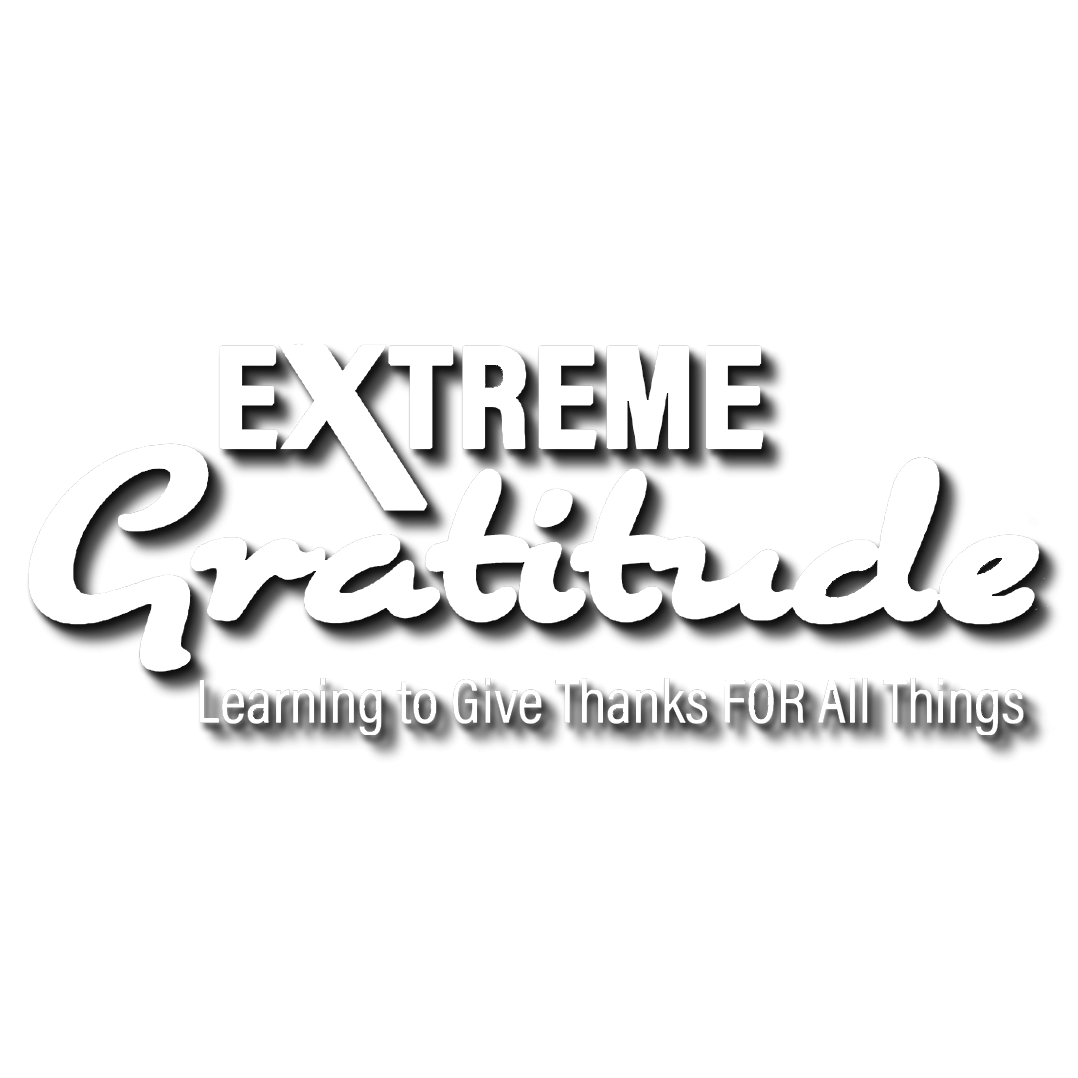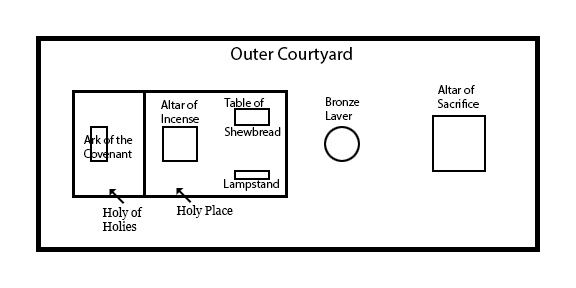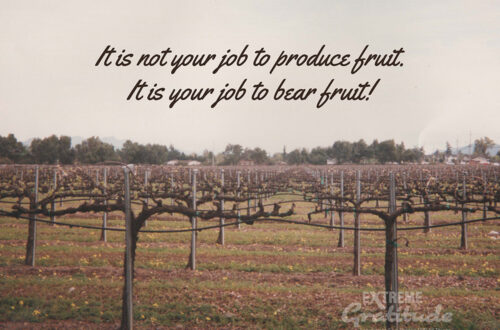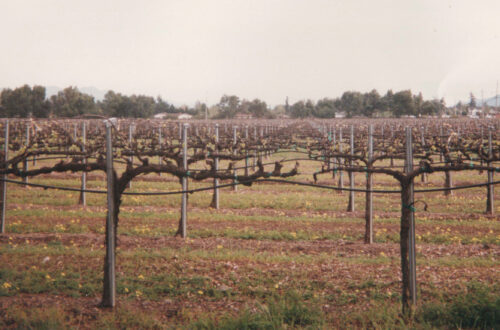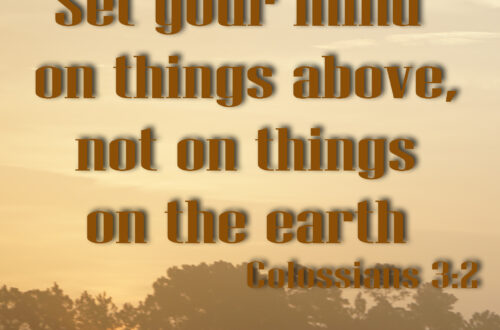In case you are wondering, I frankly will not spend a lot of time in the Old Testament on this blog. The last post, and maybe just a few more, will hopefully serve the purpose of showing some new covenant principles that were foreshadowed in the old. It is not an attempt to be exhaustive on the subject, but to be illustrative.
Last time I mentioned that, because of Abraham’s and Sarah’s being well past child-bearing age, the birth of Isaac was an example of life out of death. It set the stage for the sacrificial system to come.
Considerable detail is given in the Old Testament to the entire system of sacrifices and tabernacle/temple worship. The tabernacle is described in Exodus 25-27. Materials, colors, designs, and dimensions are laid out in detail. There is an outer court with the altar of sacrifice and the bronze laver of water for cleansing. The enclosed part was divided into two parts, the Holy Place held the table of shewbread, the golden candlestick, and the altar of incense. A veil separated this from the Holy of Holies, which housed the Ark of the Covenant. Similar detail is given to the description of the temple, the more permanent structure, in 1 Kings 6-7 and 2 Chronicles 3-5.
The sacrifice was the core of the old covenant system of worship. On its most practical level, the daily sacrifices and offerings provided food for the priests, whose job was not to farm, but to keep the people focused on God. On the bigger sacrificial events, such as the Day of Atonement, the people were to bring their individual sacrifices, which provided the food for the feast days.
Spiritually, by the sacrifice, sins were forgiven and purification was made. The priest would slay the bull at the doorway of the tabernacle, sprinkle some of the blood in front of the veil of the sanctuary, put some on the “horns of the altar of fragrant incense” (an extension of each corner of the altar), then pour out the blood of the animal before the altar of sacrifice – where the offering was “burnt,” or cooked. The symbolism of all these things is beautiful to consider. Books have been written about it that are more thorough than I have the time or purpose to go into here. I want to focus on the Holiest of All – or, the Holy of Holies.
The Holy of Holies was considered the dwelling place of God. Only the High Priest could enter within the Holy of Holies. He could only enter once a year, on the Day of Atonement. As long as the tabernacle/temple system was standing, the way into the holiest place was not disclosed, according to Hebrews 9:8. The gifts and sacrifices offered through this system could not make the worshiper perfect in conscience. If they could, the average person could have entered with confidence into the Holy of Holies. The old covenant regulations had to do with food and drink and various washings, regulations for the body “imposed until a time of reformation.” They had to be repeated over and over. Their effect was not total, nor did it last indefinitely. Hebrews calls it weak and useless because it makes nothing perfect, pointing us to a better hope and a better covenant enacted on better promises. In the “fulness of time,” or at the proper time, God “summed up” all things in Christ, things in the heavens and things on the earth (Ephesians 1:10).
Jesus replaced the repetitious system with a once-for-all system. Not by the blood of bulls or goats, but by His own blood, Jesus entered a greater and more perfect tabernacle, that of Heaven, entering the Holy Place once for all, having obtained eternal redemption.
